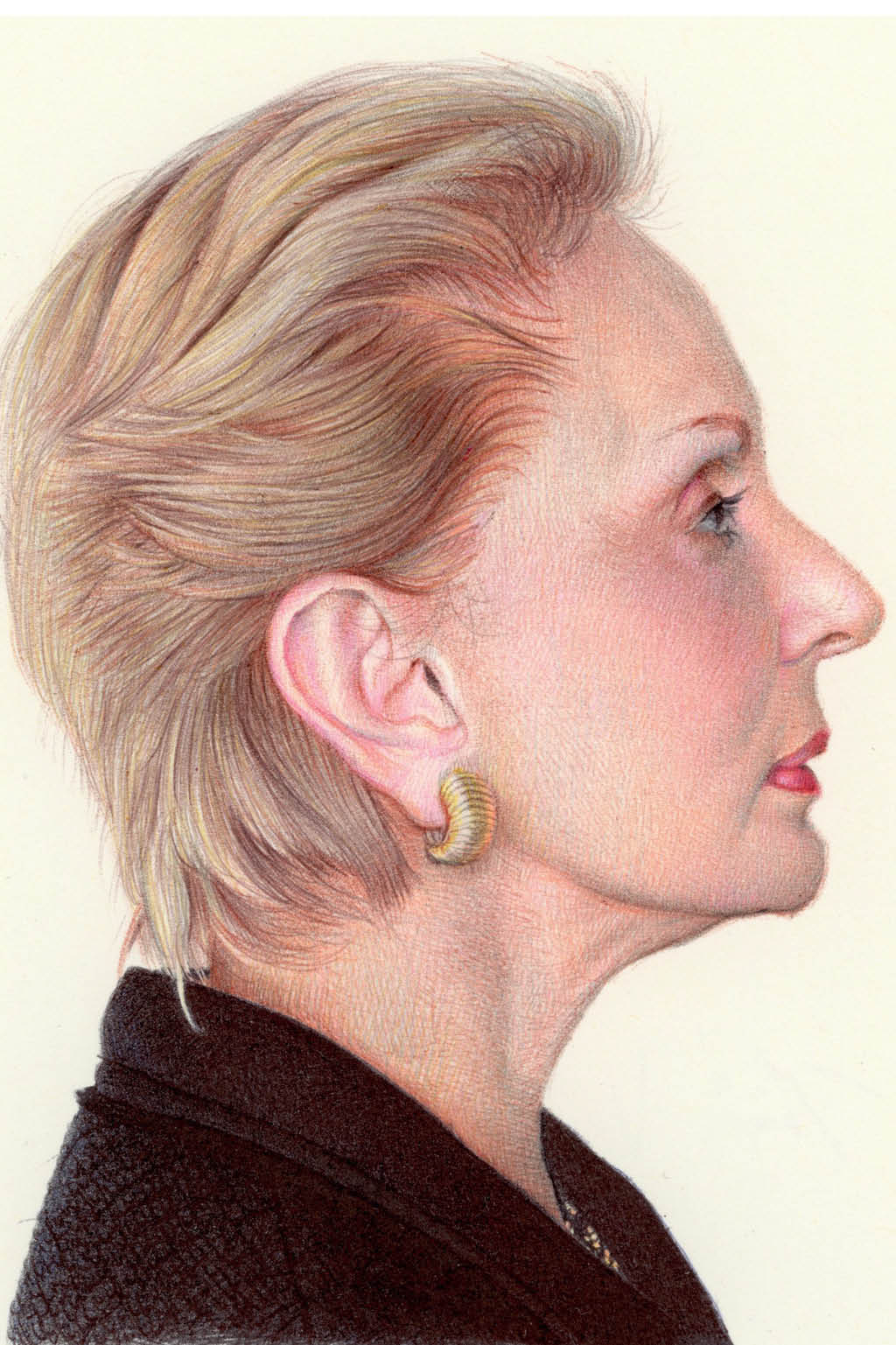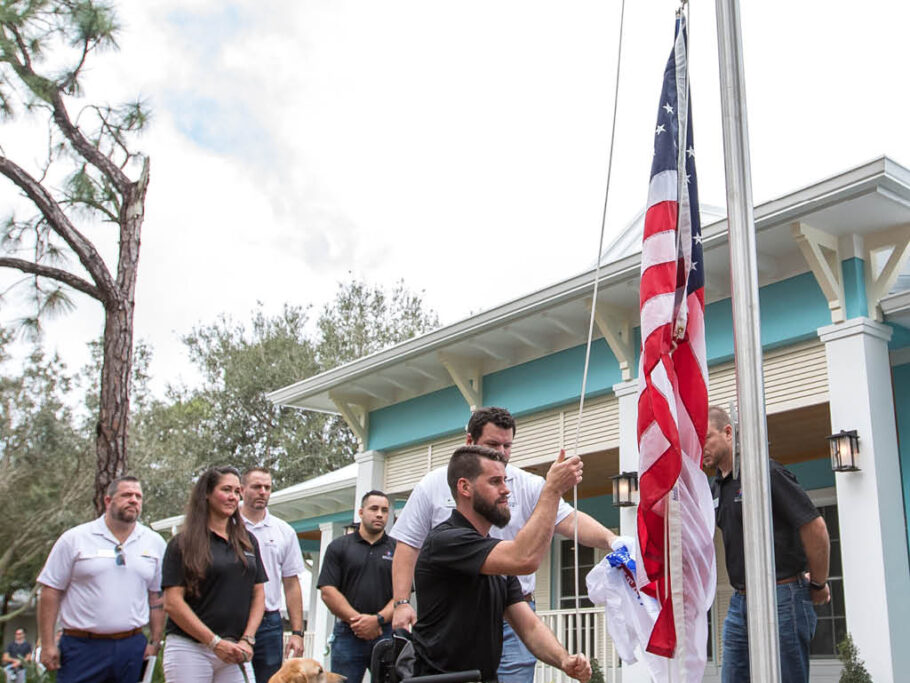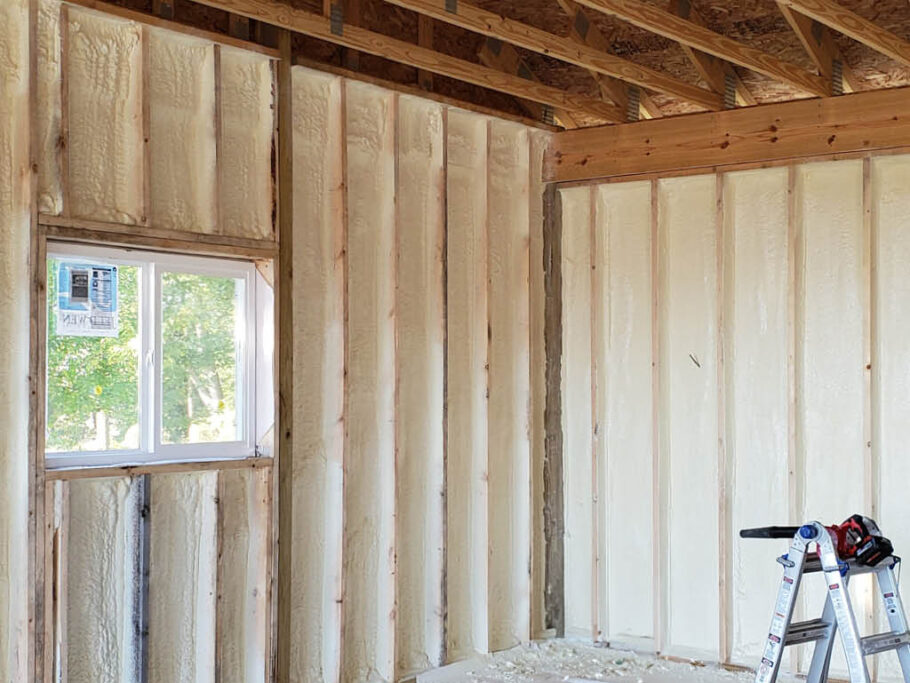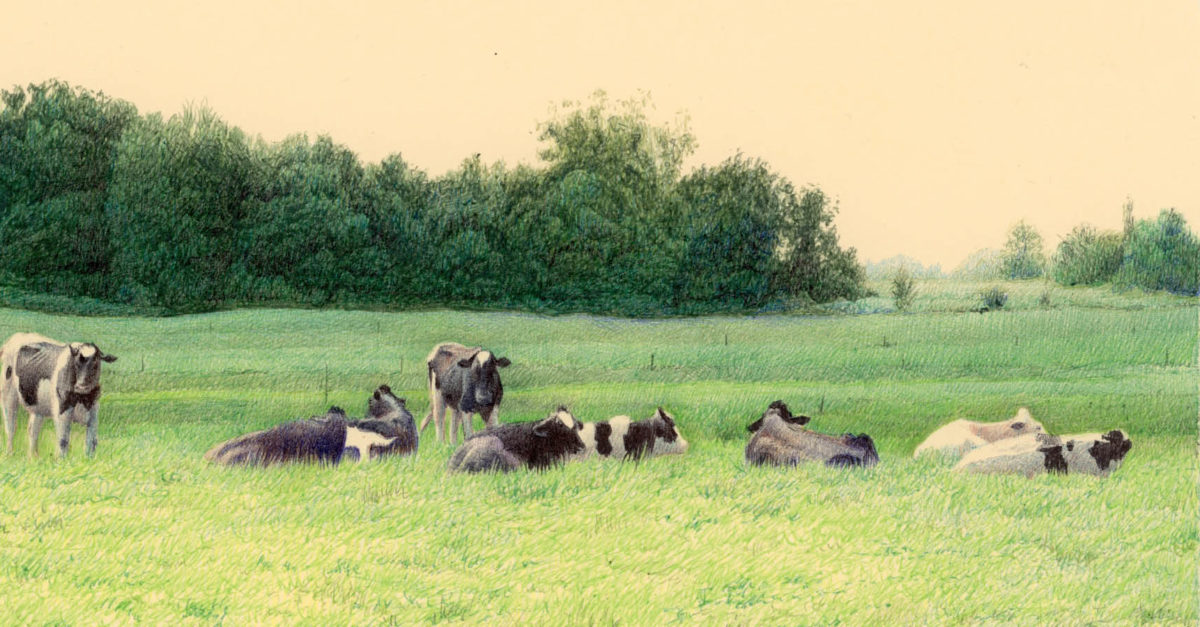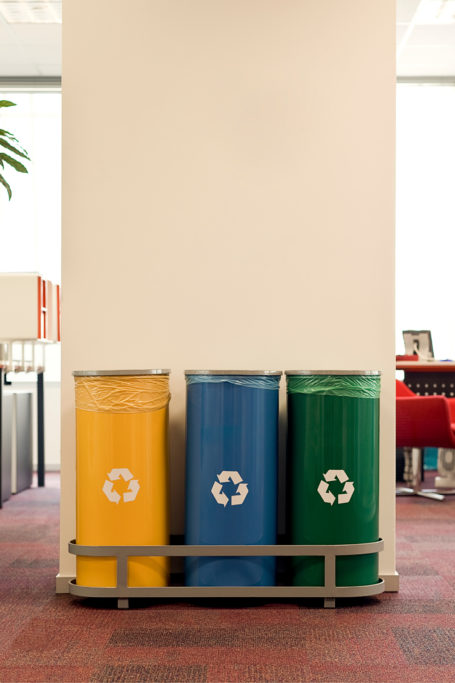Drawing on the Past, Sketching the Future
Artist Nicolas V. Sanchez’s eyes were opened when he made the move from small-town Michigan to New York City to pursue a master of fine arts at the New York Academy of Art. Now his home, the Big Apple continues to inform his art career and inspire his future.
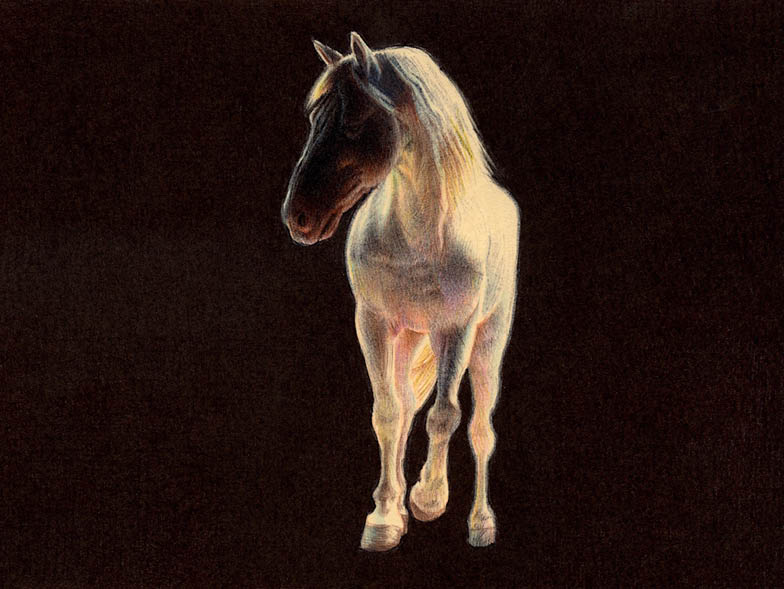
What is your earliest memory of making art?
I come from a very creative family; my dad taught me how to draw as a kid. I remember one day, on our way to the grocery store, my older brother and I were in the back seat of the car acting like two wild and rambunctious boys. To settle us down while he was driving, my dad pulled over and gave both me and my brother a small sketchbook. He reached into his shirt pocket, where he always carried a ballpoint pen, divided up each sketchbook into four sections, and gave us different drawing exercises. That was essentially my introduction to drawing. I was probably around five years old.
What did the path to becoming an artist look like for you?
I have been drawing all my life, so my path started very early, even before I realized it began. My childhood consisted of drawing dinosaurs and my favorite cartoons, and also doing basic drawing exercises from my dad. Later, in high school, I was more interested in portraiture and other mediums such as photography, sculpture, and pastels. I then focused on portraiture in pastel drawings that were mostly of my family. Pastels allowed me to learn about color, which prepared me for my time at Kendall College of Art and Design, where I learned how to paint. Later, I moved to New York City to attend the New York Academy of Art. My experiences at the Academy really pushed me to grow as a person and as an artist. I learned about my voice and how art fit into my life. I have been a full-time working artist since I finished school, and I still continue to draw or paint every day.
Where did you grow up? How did that influence your career path or life philosophy?
I grew up in central Michigan. I didn’t realize I was from the Midwest until I moved to New York City nine years ago. Everyone has that moment in life when they realize how big the world truly is. That was that moment for me. Moving away from a small town, family, and nature, and being thrown into the ever-revolving vortex that is New York City helped me understand where I’m from, what I stand for, and what I’m passionate about in life. The values and beliefs I inherited from my family and the Midwest help me navigate my career. A strong work ethic, integrity, and gratitude all push me through to the next step in my professional and creative goals.

Does New York City feel like home?
At this point in my life, it does. Michigan still feels like home, but more in a childhood neighborhood sort of way. Michigan allows me to reflect, which is great, but New York City is where I can think about the present and plan for the future.
If someone were to ask you to describe your identity, would “artist” be the first thing you say?
I think so. Most of my life experiences have come out of my lifestyle as an artist—traveling, meeting interesting people, and life challenges all derive from my efforts to create and share my paintings and drawings.
Do you have a mission statement or motto of sorts that informs how you live?
It changes depending on where I am in life. Sometimes my mission statement is about a balance between work life and relationships with people I care about. Other times, it can be about being open-minded and letting the world decide what’s best for me. Most times, my efforts are based on growing as an artist and as an individual and taking care of my loved ones.
How would you describe your aesthetic? Is it different depending on what medium you are using?
I don’t think I can describe all of my paintings and drawings as a single aesthetic. It definitely changes per medium and subject matter; however, what is usually consistent is my effort to make a drawing or painting that can exist on its own.
Do you give yourself more creative license in your paintings? Your ink drawings seem more hyperrealistic.
I allow paint to direct me a little more. I don’t know if I always trust paint to do what I want it to do. I find painting to be much more enjoyable when I throw expectations out the door. That’s not to say that I don’t paint with an intention. Drawing in ink definitely serves that desire to accurately and specifically depict an image, but painting fulfills that curiosity to explore and have more of a dialogue with the medium where we can both agree.

What is your preferred subject matter in your art?
My work explores ideas of inheritance, identity, and legacy. I like pulling from my family’s rural Mexican history and the American Midwest, so my subject matter consists of old family photos of distant relatives, nature, animals, and rural spaces.
How did the ballpoint pen portraits begin?
The ballpoint pen portraits weren’t planned, but they started in grad school. My days of studying at NYAA were long, and I would often stay at school until midnight, when the school closed. My commute from school to my apartment was forty minutes, so I would draw in a sketchbook to pass the time on the train. I always had a pen from taking notes in school, so that’s what I used to sketch portraits of my friends. My early-morning and late-night train sketches evolved over time, and they were noticed by my friends at school. The more people looked through my sketchbooks, the more the portrait commissions caught on, and now I create them regularly.
Tell us about a memorable artist residency:
My first residency was the longest and the most eye-opening. I was selected to live and work in China, where I spent five weeks in Shanghai and five weeks in Beijing. Getting used to the culture while managing my creative goals within a constricted time frame was an intensely fast learning curve. I had the opportunity to learn from local Chinese artists and teachers from the Fine Arts College of Shanghai University and Central Academy of Fine Arts in Beijing. They taught me about the stark contrast between contemporary Western art, which can be conceptually loud, and Eastern traditional art, which can be just as conceptually developed but more internalized in its final manifestation—a notion that makes more sense to me.
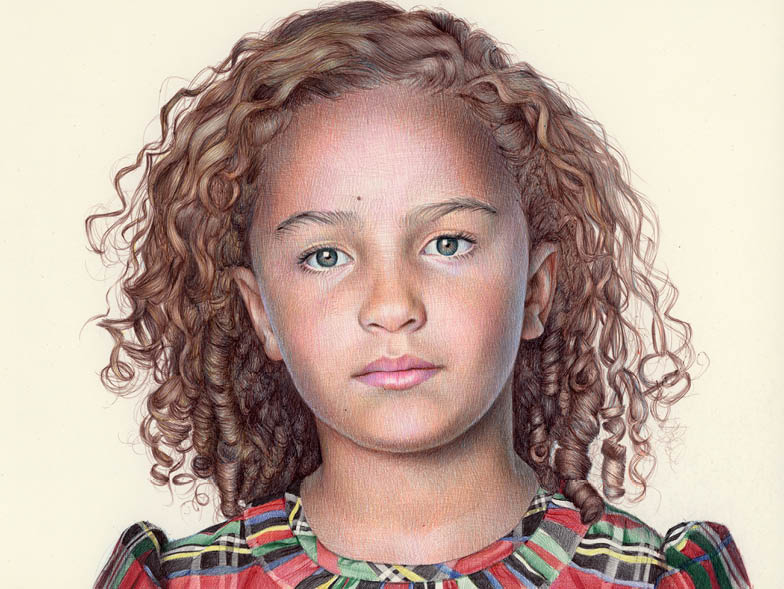
When you are not creating art, where might someone find you?
When I’m not actually painting or drawing, I’m traveling or spending time with my family. I love catching up with my nieces and nephew to see what new parts of their personalities start to show. Being an uncle is the best.
In the alternate reality movie of your life, where would you be living and what job would you have?
In an alternate reality, I would like to think I would be an animal behaviorist traveling to remote corners of the world, stealthily observing different wildlife living their lives.
What does “a life well-lived” mean to you? Do you have a philosophy of life that you return to over
and over?
I guess I won’t really know what “a life well-lived” means until I’ve lived mine to the end, but I get the most out of life when I remember to stay curious and keep learning. Life can be complicated, and the world moves fast—it’s easy to get swept up at a speed or in a direction that isn’t in sync with how I want to live my life. I find that returning to the question “How does art fit into my life?” allows me to reevaluate my ambitions and the intentions behind them.
You recently began a scholarship program. What is it and why is it so important to you?
In 2018, I started the Nicolas V. Sanchez Art Scholarship Program, which awards annual scholarships to students at Haslett High School, Lansing Community College, Kendall College of Art and Design, and the New York Academy of Art—all schools I have attended. It is also my privilege to offer my mentorship to each recipient for additional guidance and support. This scholarship program aims to provide an opportunity to further young artists’ development through art education.
I am so grateful for my personal and creative growth through my experience at each school, and I am super excited to support future generations of artists. To give back in this way has been a longtime goal, and it’s important to me because the education, love, and support I have received over the years has helped me learn more about who I am and who I want to be.
For more info, visit nicolasvsanchez.com
